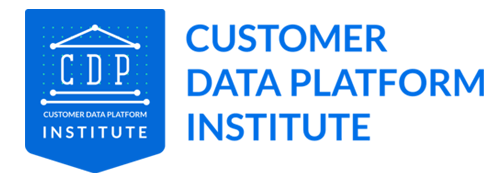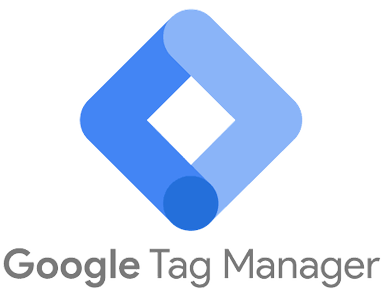Again, companies have no shortage of data sources to choose from. But they must be able to identify the sources that make most sense for their analytics goals.
For example, survey respondents also identified their top data sources as:
- Campaign response data (69%)
- Demographic data (67%)
- Transactional data (64%)
- Ex: product purchase history
- Anonymous behavioral data (64%)
- Ex: website activity, content consumption data
- Digital data (62%)
So, 69% of respondents are analyzing campaign response data, but that means 31% aren’t. Meanwhile 33% aren’t using demographic data and 36% aren’t looking at transactional data. As Purcell said, “It just goes to show that there’s a lot of room for improvement among companies in the types of data and the amount of data that they use for customer analytics.”
Solution: Use diverse types of digital data sources.
Leaders in customer analytics use more data sources — an average of 11 compared to just four, which less mature organizations use. They’re also using more diverse types of data, including digital data from social channels and real-time, unstructured sources like online communities, where customers often post about their experiences.
“[This data] gives you a sense of why customers are interacting and transacting in the way that they are,” Purcell said. “Are you delivering on the experiences that they expect? These are increasingly important types of data, especially in the age of the customer when it’s all about meeting and anticipating customers’ needs.”
————
Challenge #3: Navigating data privacy issues
Compliance should be at the top of marketers’ minds with new data privacy features from Apple and Google, as well as government regulations like GDPR and CCPA. The EU even recently introduced a Proposal for Regulation of artificial intelligence.
It’s evident that businesses have to stay up to date with data privacy rules or risk losing customers and revenue.
“Customers increasingly have to opt into their data being used by companies,” Purcell said. “And any time they don’t opt in, that data goes away or there’s the right to be forgotten in Europe with GDPR.”
Solution: Tie data access to your value proposition
If businesses want to keep collecting data from customers, they have to earn that right. And they can do so by delivering a strong value proposition in exchange for personal information. They can then use that data to build even better and more valuable experiences for future customers.
Businesses also have to consider how they might use data to fuel AI efforts. As Purcell said, “Companies have to start thinking very carefully about the type of customer data that they use in AI and whether or not the outcomes from that model are fair. Because if they don’t, the price could be really high.”
Despite these challenges, it’s important that marketers don’t let the data doldrums get them down. Instead, they can view each obstacle as an opportunity to rewire their customer data strategies and find new, innovative ways to win and retain their audiences.





















































































